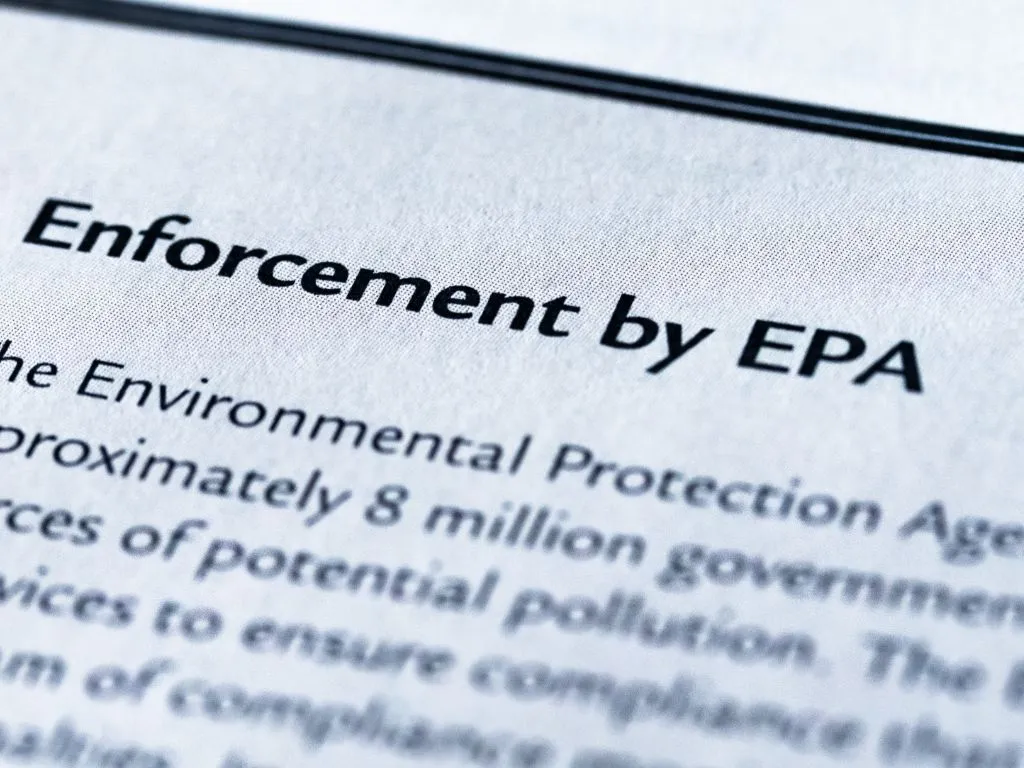- Home
- News Details
News Details

EPA Finalizes Ban on Carcinogen Trichloroethylene TCE and Phase-Out of Perchloroethylene PCE Under TSCA.
2024-12-16 Reference source : Environmental Protection Agency
cancerogenic Chemical Safety Environmental Protection Agency EPA Ban
From December 9, 2024, the U.S. Environmental Protection Agency (EPA) will be implementing a ban on trichloroethylene (TCE, CAS No: 79-01-6) and a phase-out of perchloroethylene (PCE, CAS No: 127-18-4) under the bipartisan these long-awaited measures target two highly toxic chemicals linked to serious health risks, including cancer, and address years of inadequate protection. The rules aim to eliminate harmful exposures,promote safer alternatives, and protect public health, workers, and the environment.
Trichloroethylene (TCE): A Complete Ban on Use
TCE is a nonflammable chlorinated solvent that is a recognized carcinogen. It is known to cause liver cancer, kidney cancer, and non-Hodgkin’s lymphoma, as well as damage to the central nervous system, liver, kidneys, immune system, and reproductive organs. Even at low concentrations, TCE poses significant health risks.
Under the new rule, EPA will prohibit all consumer and most commercial uses of TCE within one year, as safer alternatives are available for most applications. Certain industrial uses of TCE will be phased out over a longer period of time with stringent worker protections, including a revised inhalation exposure limit designed to reduce long-term exposure by 97%. These uses, such as cleaning aircraft parts and manufacturing refrigerants, will eventually be banned, although exemptions allow for a gradual transition to avoid impacts on national security and critical infrastructure. Additionally, the use of TCE in the cleanup efforts at contaminated sites, such as Superfund locations, will be allowed for 50 years with necessary safeguards.
Perchloroethylene (PCE): Gradual Phase-Out and Strict Controls
PCE, another chlorinated solvent, is associated with liver, kidney, brain, and testicular cancer, as well as neurotoxicity and reproductive harm. PCE can degrade into TCE and may contain trace amounts of TCE impurities. While TCE is being banned entirely, some analogous uses of PCE will continue safely under strict workplace controls, including vapor degreasing and refrigerant production.
EPA has set a 10-year phase-out for PCE use in dry cleaning, with the transition beginning sooner for older machines. Many dry cleaners have already started this process. PCE use in consumer and commercial products will be largely phased out within three years. EPA’s rule also establishes strict controls for essential uses of PCE in critical sectors such as national security and aviation under the Workplace Chemical Protection Program.
These regulations prioritize safer, cost-effective alternatives to PCE and TCE, aligning with climate goalsand ensure the protection of workers, public health, and the environment under the Workplace Chemical Protection Program.
Protecting Health, Workers, and the Environment
These new regulations represent a major step forward in protecting public health, workers, and the environment while supporting climate goals. By prioritizing sustainable alternatives and ensuring workplace protections, EPA is addressing decades of advocacy and ensuring a safer future.
We acknowledge that the above information has been compiled from Environmental Protection Agency.
Global Product Compliance (GPC) specializes in Global Regulatory Compliance Solutions across sectors
globally. SSS Europe, a familiar name in chemical regulatory and compliance services now formally belongs
under the umbrella of GPC Holding Sweden.
Since 2008, we have emerged as one of the leading names among Global Regulatory Compliance Service
Providers with Representation services in Europe, Asia and Middle East for respective chemical
regulations.

 Twitter
Twitter
